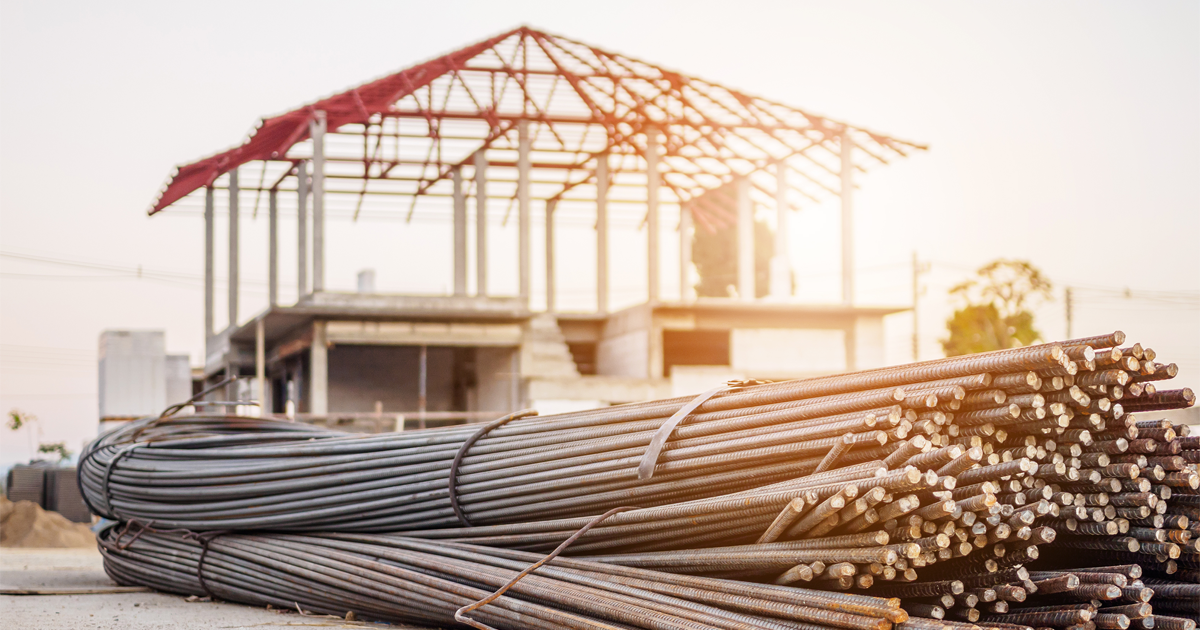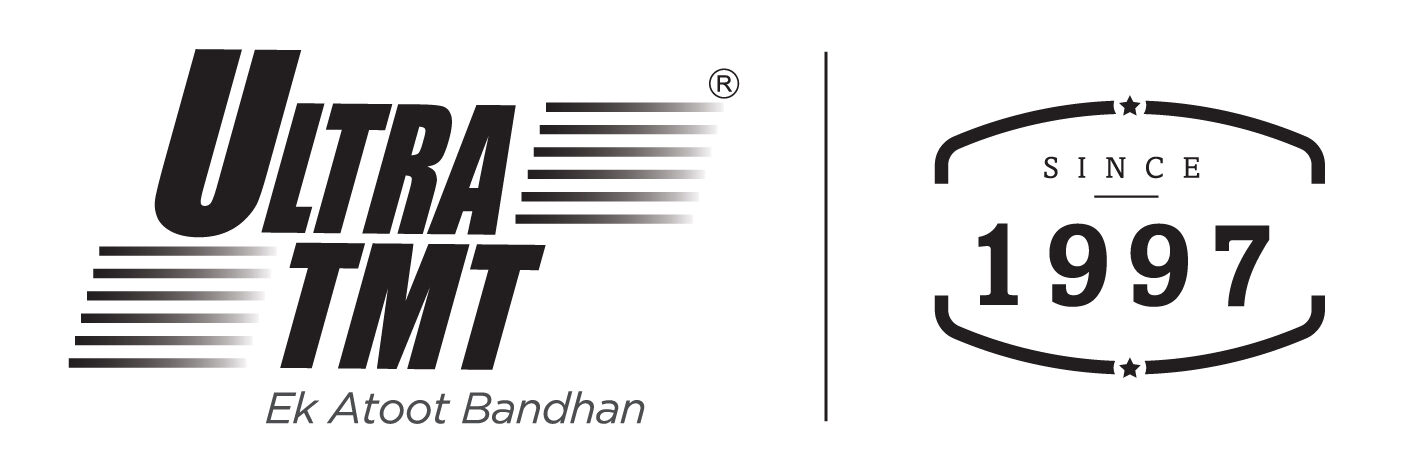

TMT Bars – A home is built on the foundation of trust, strength and stability. Ultra TMT Steel Bars have all these characteristics.
Introduction
When it comes to constructing a robust and durable structure, one cannot overlook the importance of TMT bars. These bars, also known as Thermo-Mechanically Treated bars, are the backbone of the construction industry due to their exceptional strength and flexibility. In this article, we will explore the fascinating world of TMT bars, their manufacturing process, benefits, and why they are widely preferred by engineers and architects alike.
TMT Bars: What Makes Them Special?
TMT bars are a type of reinforcement steel used extensively in construction projects. They are known for their superior strength, ductility, and resistance to corrosion. But what sets them apart from other types of steel bars? Let’s find out!
Manufacturing Process of TMT Bars
The manufacturing process of TMT bars involves three key steps:
Hot Rolling:
Initially, steel billets are heated to a high temperature and passed through a series of rollers. This process shapes the bars and gives them a rough surface.
Quenching:
After hot rolling, the bars are rapidly cooled using water jets or air. This rapid cooling helps in the formation of a hardened outer layer, also known as the martensite layer.
Tempering:
In the final step, the bars are subjected to controlled heating to soften the inner core. This process imparts excellent ductility and flexibility to the bars, making them ideal for construction purposes.
Benefits of TMT Bars
TMT bars offer several advantages over traditional mild steel bars:
High Strength:
TMT bars possess a higher tensile strength, making them capable of withstanding heavy loads and seismic forces. This ensures the structural integrity of buildings.
Flexibility:
The unique manufacturing process of TMT bars imparts them with superior flexibility. This property allows the bars to bend without breaking, enabling architects to design intricate structures with ease.
Corrosion Resistance:
The quenching process during manufacturing forms a protective layer on the surface of TMT bars, making them highly resistant to corrosion. Thus extending their lifespan and reducing maintenance costs.
Weldability:
TMT bars have excellent weldability, allowing seamless integration in the construction process. This ensures strong connections between bars, enhancing the overall stability of the structure.
Fire Resistance:
TMT bars have a higher melting point compared to other types of reinforcement steel. This property makes them more resistant to fire, providing additional safety in case of accidents.
Common Applications of TMT Bars
TMT bars find extensive use in various construction projects, including:
Residential Buildings:
TMT bars form the skeleton of residential structures, providing strength and stability to the overall framework.
Commercial Complexes:
Whether it’s an office building, shopping mall, or hotel, TMT bars play a crucial role in ensuring the safety and durability of commercial complexes.
Bridges and Flyovers:
TMT bars are the preferred choice for constructing bridges and flyovers due to their high load-bearing capacity and ability to withstand harsh weather conditions.
Dams and Power Plants:
The robustness of TMT bars makes them ideal for heavy-duty structures like dams and power plants, where safety is of paramount importance.
Industrial Sheds:
TMT bars provide the necessary strength and stability required for industrial sheds, ensuring the smooth functioning of manufacturing units.
Conclusion
Ultra TMT Steel Bars are manufactured using the German-Turbo technology to create TMT Bars best known for their strength, flexibility, ductility. Right from construction of homes to skyscrapers, bridges, dams and industrial sheds, Ultra TMT has been the ultimate choice of the construction industry.
FAQ
The difference between a TMT bar and a normal bar is the composition and strength. TMT (Thermo-Mechanically Treated) bars are manufactured by subjecting them to a combination of heat treatment and mechanical processes, which enhances their strength and ductility. This process involves quenching the bars in water after they are heated to a high temperature, followed by self-tempering. As a result, TMT bars exhibit superior tensile strength, elongation, and corrosion resistance compared to normal bars. Additionally, TMT bars have a soft ferrite-pearlite core and a tough outer martensitic layer, which contributes to their improved seismic resistance and structural integrity. In contrast, normal bars do not undergo such specialized treatment and have relatively lower strength and durability. Hence, in construction projects which require high quality reinforcement, TMT bars are widely preferred for their superior mechanical properties and ability to withstand seismic forces.
Several factors need to be considered while identifying the best TMT bars. Firstly, it is crucial to assess the brand reputation and credibility of the manufacturer. Look for renowned brands that have a proven track record of delivering high-quality TMT bars. Secondly, consider the grade and certification of the bars. Look for bars that comply with national and international standards, such as IS 1786:2008 for India or ASTM A615/A615M for the United States. Thirdly, evaluate the manufacturing process. The best TMT bars are produced using advanced technology and adhere to strict quality control measures, ensuring uniformity and consistency. Additionally, check for features like rib patterns, which enhance the bond strength with concrete. Lastly, consider factors such as corrosion resistance, elongation, and yield strength, as they determine the overall durability and performance of the TMT bars. By carefully considering these factors, you can identify the best TMT bars that meet your specific construction requirements.
TMT bars, or Thermo-Mechanically Treated bars, have a wide range of uses in the construction industry. They are primarily used for reinforcing concrete structures to provide strength and durability. TMT bars are commonly used in the construction of buildings, bridges, dams, flyovers, and other infrastructure projects. Due to their high tensile strength, they effectively withstand heavy loads and seismic forces, making them ideal for earthquake-prone areas. TMT bars are also corrosion-resistant, ensuring the longevity of structures even in harsh environmental conditions. Moreover, their superior bond strength with concrete enhances the structural integrity and stability of buildings. TMT bars are available in various sizes and grades, making them versatile for different types of construction applications. Overall, TMT bars are essential components in the construction industry, providing the necessary reinforcement to ensure safe and resilient structures.
